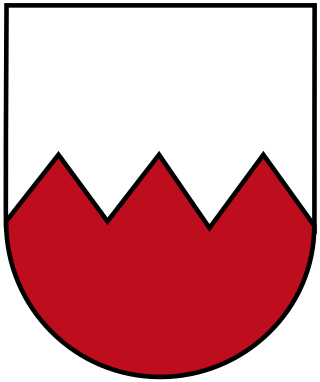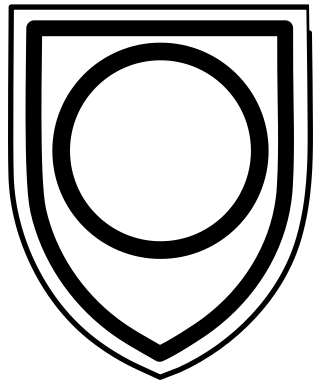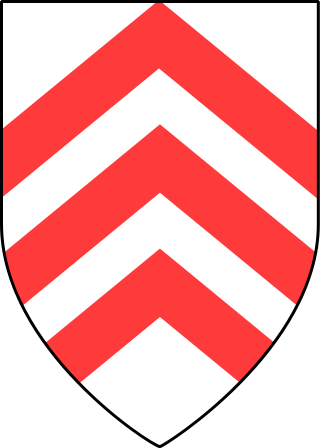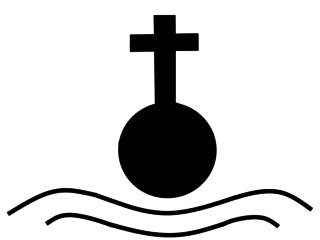The 10th Infantry Division was created in October 1934 under the cover name Wehrgauleitung Regensburg to hide its violation of the Treaty of Versailles. It was renamed the 10th Infantry Division when the establishment of the Wehrmacht was announced publicly in October 1935.

The German 73rd Infantry Division or in German 73. Infanterie-Division was a German military unit which served during World War II. The division consisted of more than 10,000 soldiers, primarily of the infantry branch, with supporting artillery. The division was only semi-motorized and relied on marching for the infantry units and horse-drawn transport for most of the support equipment, especially the artillery.
The German 206th Infantry Division, was a military unit that served during World War II. Like most German infantry units it had no motorization, and relied on leg and horse mobility.

The 161 Infantry Division was a major unit of the German Wehrmacht. It fought in the Battle of France, and then later on in the Eastern Front.

The 6th Infantry Division was a unit of the German Army during World War II.

The 26th Infantry Division was a pre-World War II German Infantry Division of the 1st mobilisation wave. It was mobilised for World War II on September 26, 1939, disbanded on September 10, 1944, near Radom and reformed as the 26th Volksgrenadier Division on September 17, 1944, near Poznań by absorption of the new 582nd Volksgrenadier Division of the 32nd mobilisation wave. Remnants of the Division entered U.S. captivity in the Harz region in 1945.

The 121st Infantry Division was a German Wehrmacht division in World War II. It was a part of the German XXVIII Army Corps. In September 1941 the formation, on arriving in Pavlovsk, Saint Petersburg; engaged in the siege of Leningrad. By October 1941 it was down to 40% of its authorized strength and 3 infantry battalions had to be disbanded due to high casualties. In 1944 it was involved in the retreat from Leningrad through the Baltic states wherein it fought in the Battle of Pskov. It remained in the Courland pocket until the end of the war.
The 21st Infantry Division was a German military unit which fought during World War II.

The 32nd Infantry Division of the German Army was mobilized on 1 August 1939 for the upcoming invasion of Poland. At that time, it consisted of the usual German Infantry Division elements: three infantry regiments of three battalions each, one three-battalion regiment of light artillery, one battalion of heavy artillery, a Panzerjäger (anti-tank) Battalion, a reconnaissance (Aufklärungs) Battalion, a Signals Battalion, a Pioneer (Engineer) Battalion, and divisional supply, medical, and administrative units.

The 97th Jäger Division was a light infantry Division of the German Army during World War II. It can trace its origins to the 97th (Light) Infantry Division which was formed in December 1940. It was then redesignated the 97th Jäger Division in July 1942.

The 319th Static Infantry Division was a German Army static division during World War II. It was raised in November 1940 from units of the 87th, 169th and the 299th Infantry Divisions. On 30 April 1941 the 319th Division replaced the 216th Infantry Division in the Channel Islands defense and remained in that position until its capture in May 1945 by British forces.

The 30th Infantry Division of the Wehrmacht was created on 1 October 1936 in Lübeck and mobilized on 26 August 1939 for the upcoming invasion of Poland. At that time, it consisted of the usual German infantry division elements: three infantry regiments of three battalions each, one three-battalion regiment of light artillery, one battalion of heavy artillery, a panzerjager (anti-tank) battalion, an aufklärungs (reconnaissance) battalion, a signals battalion, a pioneer (engineer) battalion, and divisional supply, medical, and administrative units.

The 15th Infantry Division was an infantry division of the German Army during the interwar period and World War II, active from 1934 to 1945.

The 31st Infantry Division was a German infantry division of the Army during World War II. It participated in the invasion of Poland in 1939 then the invasion of France and the Low Countries in 1940. As part of Panzergruppe 2. of Army Group Centre, it was involved in the invasion of the Soviet Union in June 1941. After hard fighting throughout 1941 and 1942 it joined the 9th Army and fought in the Battle of Kursk in July and August 1943. Along with the rest of the 9th Army, the division conducted a fighting withdrawal for the remainder of 1943, during which it sustained heavy casualties. In the early stages of the Soviet Operation Bagration of June to August 1944, the 31st Infantry Division was destroyed, a fate which subsequently befell most of Army Group Centre. The division was officially disbanded on 18 July 1944.

The 34th Infantry Division,, was a German military unit that fought in the Battle of France and on the Eastern Front during World War II. The division was first formed following the expansion of the army under Adolf Hitler's leadership, but finally disbanded following their surrender to the Americans in Italy.
II Army Corps was a corps in the German Army during World War II.

The 126th Infantry Division was a German division in World War II. It was formed on 18 October 1940 in Sennelager.

The 50th Infantry Division was a German army division in World War II. It was formed on 26 August 1939 from the Grenzkommandantur Küstrin.

The 214th Infantry Division was a German division in World War II. It was formed on 26 August 1939.
Franz Vaterrodt was a German general of the Second World War. From March 1941 to November 1944, he was the commander of the Place de Strasbourg.















